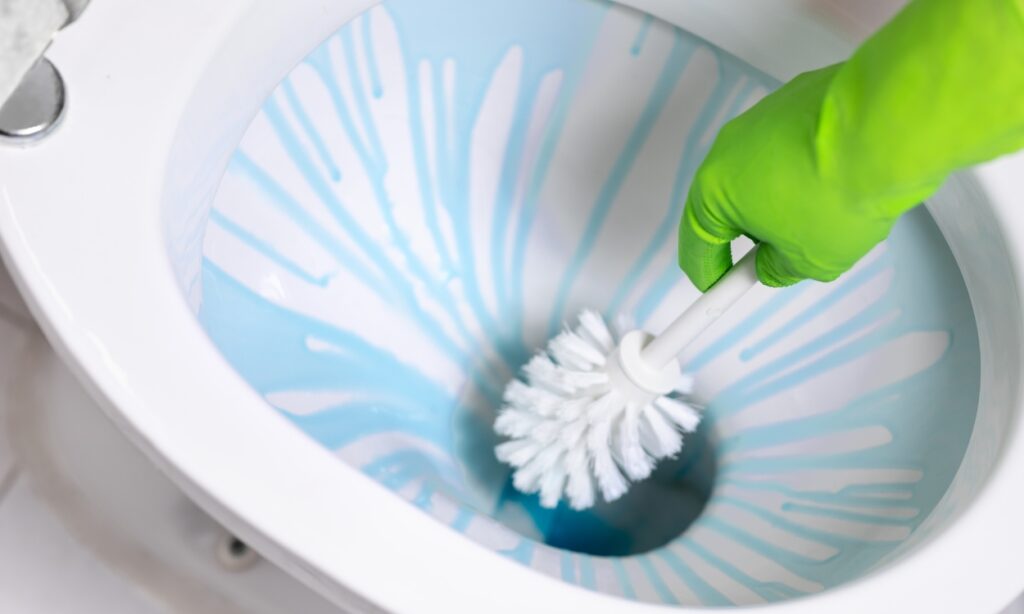Keeping your bathroom clean is essential, and a crucial part of this is knowing how to clean a toilet brush after use. Proper maintenance of your toilet brush not only ensures hygiene but also prolongs the life of the Scrubber. This guide will walk you through simple and effective steps to sanitize your It, preventing the buildup of harmful bacteria and unpleasant odors. By following these straightforward methods, you can maintain a pristine bathroom environment effortlessly.
Why It’s Important to Clean Your Toilet Brush
Toilet brush Holder Clean after use is crucial for maintaining a hygienic bathroom. It comes into contact with numerous germs and bacteria each time it is used. If not properly cleaned, these microorganisms can multiply, leading to unpleasant odors and a potential health hazard. Regularly sanitizing your It prevents the spread of bacteria, ensuring that your cleaning efforts are effective and your bathroom remains a safe environment for you and your family.
Can I Use Bleach to Clean My Toilet Brush?
Yes, you can use bleach to clean your It effectively. Bleach is a powerful disinfectant that kills a wide range of bacteria and viruses. To use bleach for cleaning, fill a bucket with hot water and add a cup of bleach. Soak the It in this solution for about an hour, then rinse it thoroughly with hot water. Ensure the brush is completely dry before storing it to prevent mold and mildew growth. By incorporating bleach into your cleaning routine, you can ensure your It remains sanitary and ready for its next use.
Step-By-Step Guide To Cleaning Your Toilet Brush
Step 1: Remove Excess Debris
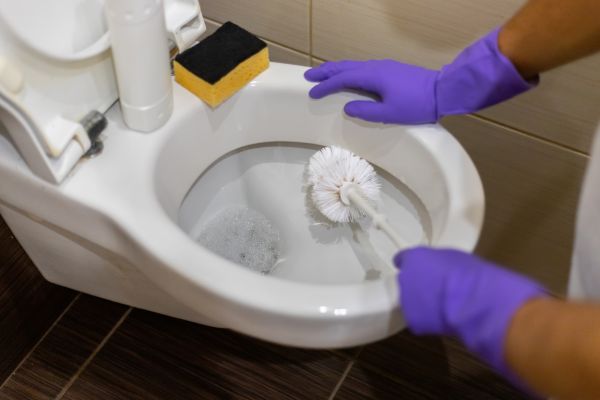
Begin by removing any excess debris from the It. After using the brush to clean the toilet, flush the toilet and rinse theScrubber in the clean water. This helps to eliminate any remaining waste on the bristles. If necessary, tap the Scrubber against the side of the bowl to dislodge any stubborn particles. Ensuring the Scrubber is as clean as possible before soaking will make the disinfection process more effective.
Step 2: Soak in Disinfectant
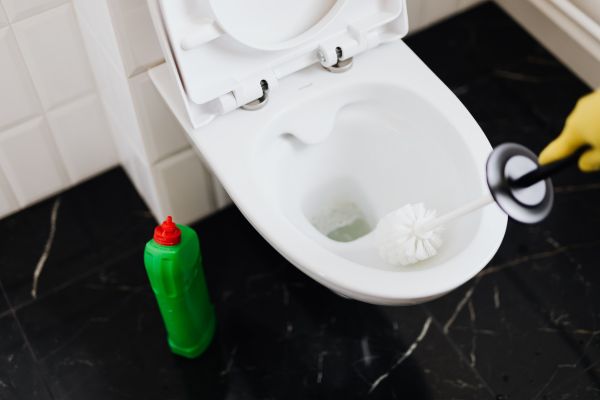
Next, prepare a disinfectant solution to thoroughly sanitize your It. Fill a bucket or a cleaning caddy with hot water and add a disinfectant, such as bleach, following the manufacturer’s instructions for dilution. Submerge the It in this solution and allow it to soak for at least an hour. This will kill any bacteria and viruses on the brush. After soaking, rinse the Scrubber thoroughly with hot water to remove any remaining disinfectant. Finally, let the Scrubber air dry completely before storing it to prevent mold and mildew growth.
Step 3: Scrub the Bristles
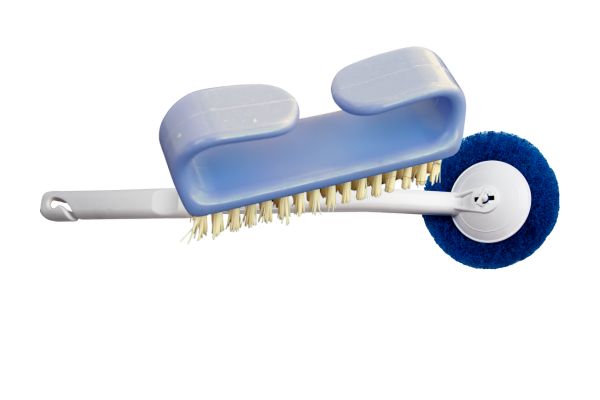
After soaking, take the brush out of the disinfectant solution. Using an old toothbrush or a cleaning Scrubber, scrub the bristles thoroughly to remove any remaining residue. Pay special attention to the base of the bristles, as this area can harbor hidden debris. Scrubbing ensures that all the bristles are cleaned properly and the disinfectant reaches every part of the Scrubber.
Step 4: Rinse Thoroughly
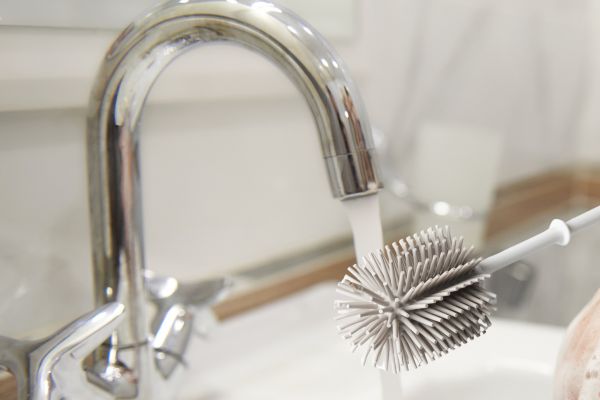
Rinse It thoroughly with hot water to remove any disinfectant and loosened debris. Make sure to rinse until the water runs clear and there are no remaining suds or cleaning solution. This step is essential to ensure that the Scrubber is not only clean but also free from any chemical residue that could potentially damage the toilet surfaces during future use.
Step 5: Dry Completely
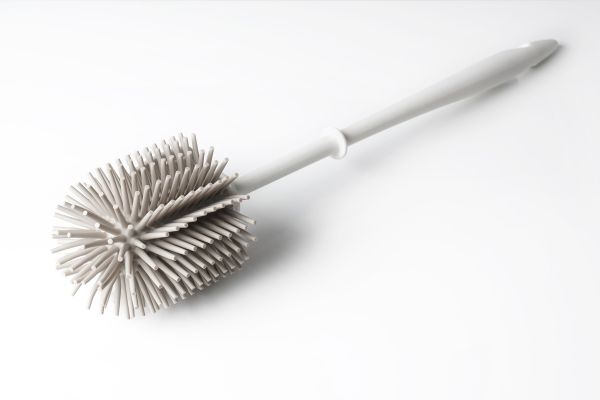
Finally, allow the It to dry completely before storing it. Shake off excess water and place the brush in a well-ventilated area or a holder that allows air circulation. Drying the Scrubber thoroughly is crucial to prevent the growth of mold and mildew, which thrive in damp environments. Once the Scrubber is completely dry, it is ready to be stored and used again, maintaining a hygienic bathroom.
How Often Should I Clean My Toilet Brush?
You should clean It after every use to maintain optimal hygiene. Regular cleaning prevents the buildup of harmful bacteria and ensures that your brush is always ready for effective cleaning. For a more thorough disinfection, soak the Scrubber in a disinfectant solution at least once a week. This routine keeps It sanitary and extends its lifespan.
How Do I Know When to Replace My Brush?
Even with regular cleaning, toilet brushes need to be replaced periodically. Signs that it’s time for a new brush include frayed or discolored bristles, a persistent bad odor, or visible mold and mildew growth. Typically, you should consider replacing your It every six months to a year, depending on usage and how well it’s maintained. If you notice any of these signs, it’s best to replace the Scrubber promptly to ensure effective and hygienic cleaning.
Conclusion
Maintaining a clean toilet brush is essential for a hygienic bathroom environment. By following a regular cleaning routine and knowing when to replace your Scrubber, you can prevent the spread of germs and keep your bathroom fresh. Cleaning your It after each use, soaking it weekly in disinfectant, and replacing it when necessary ensures that your cleaning tools remain effective and sanitary. These simple practices contribute to a healthier home and a more pleasant bathroom experience.
